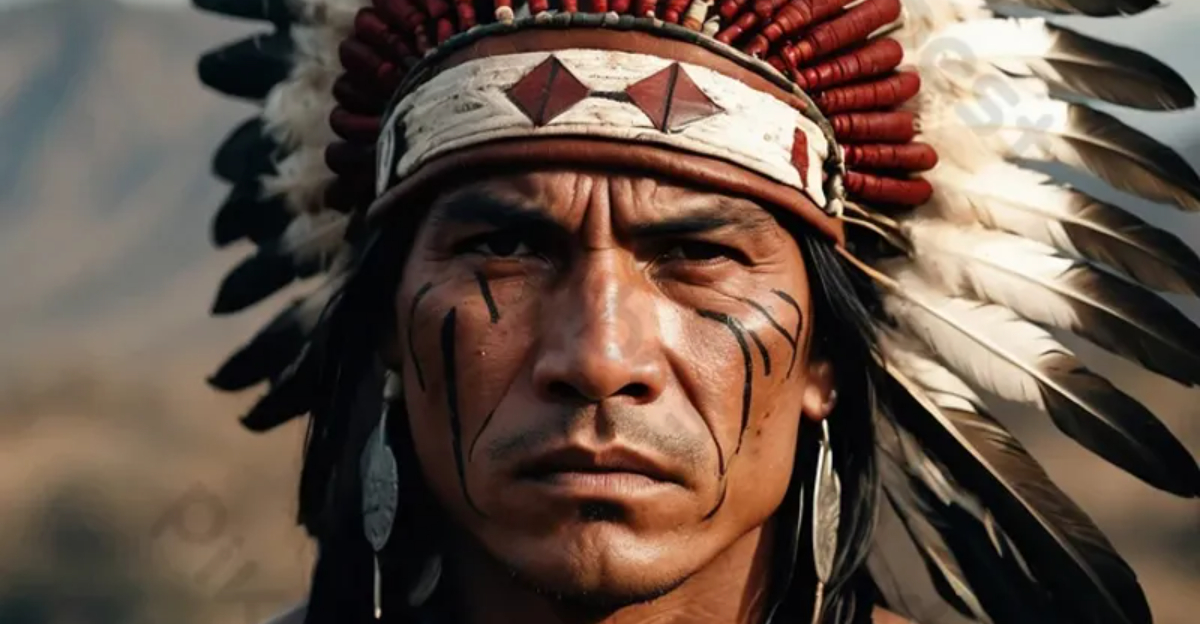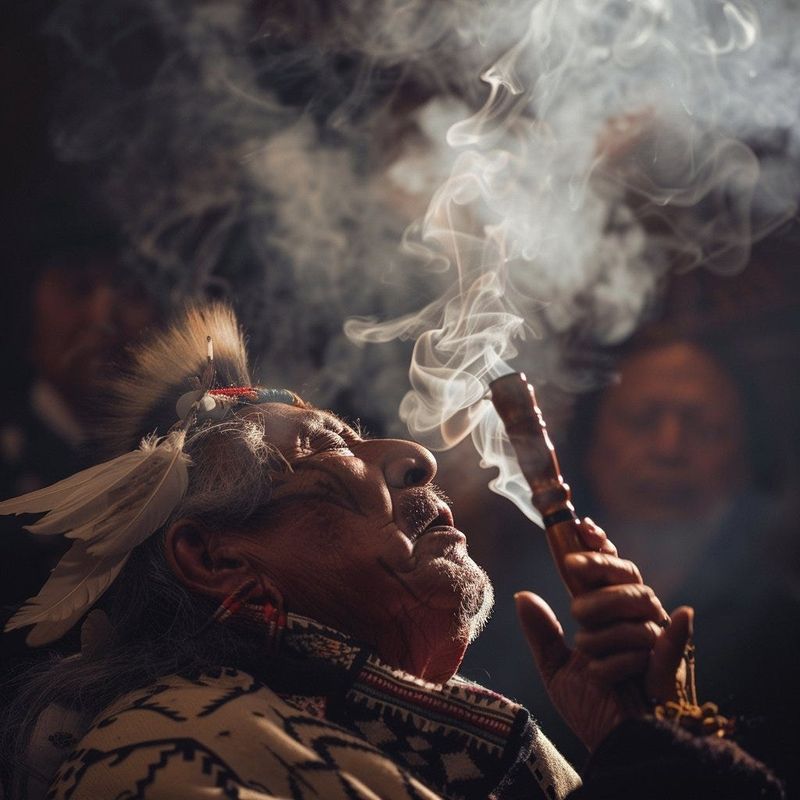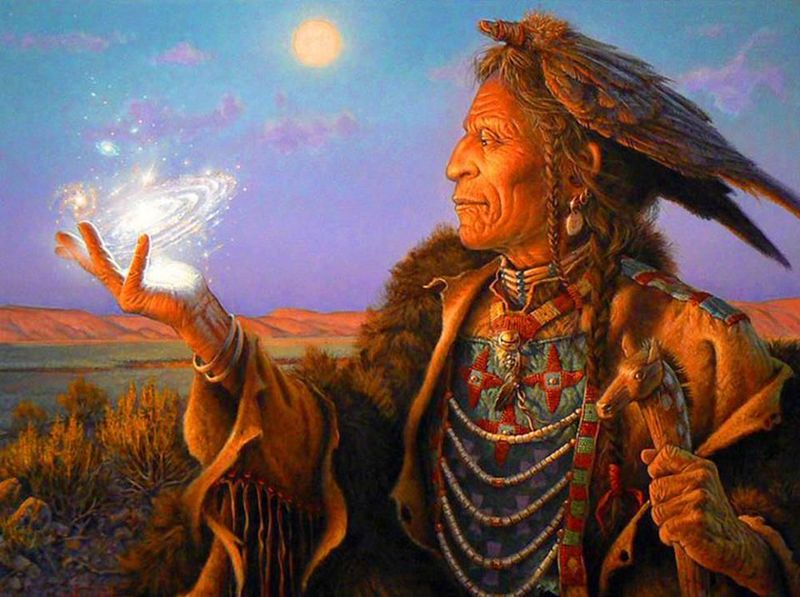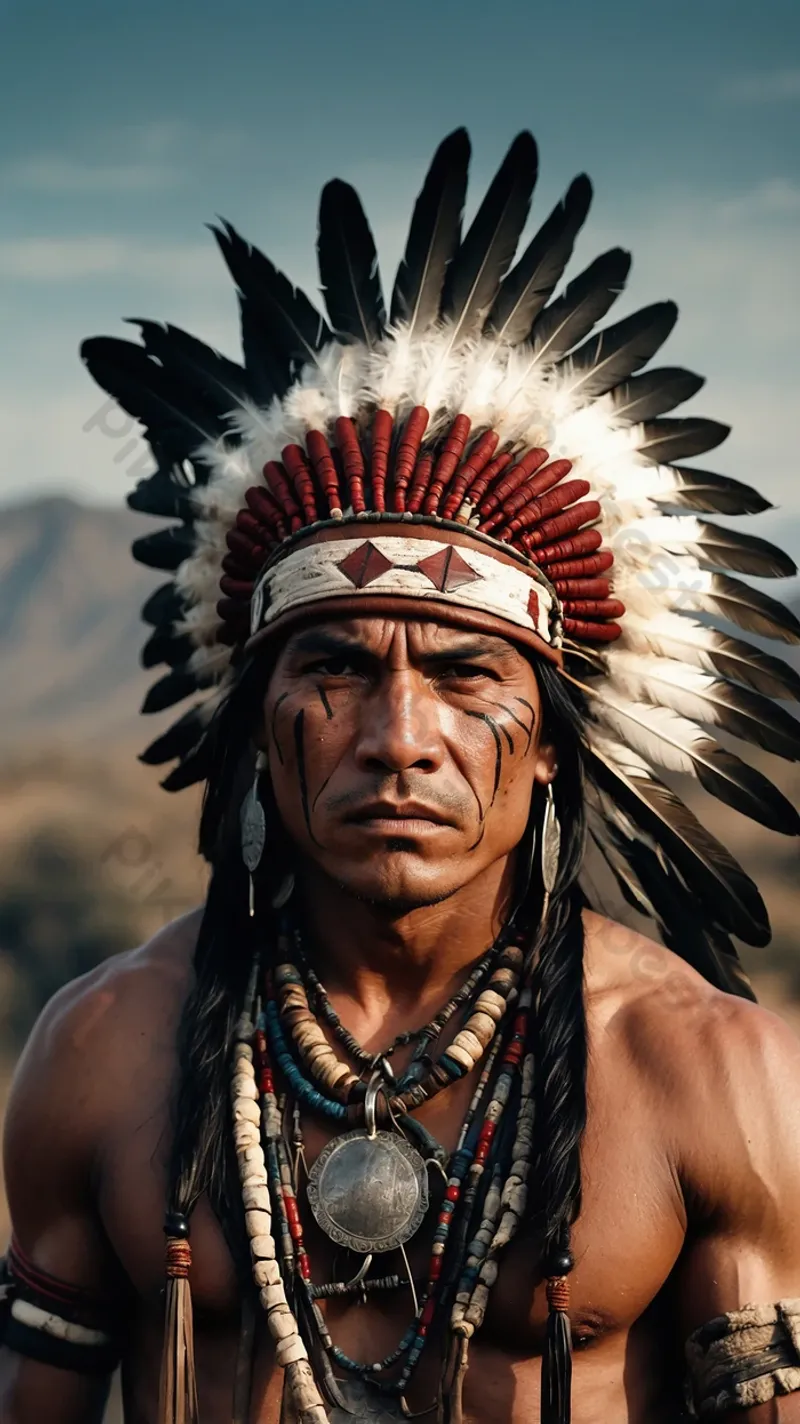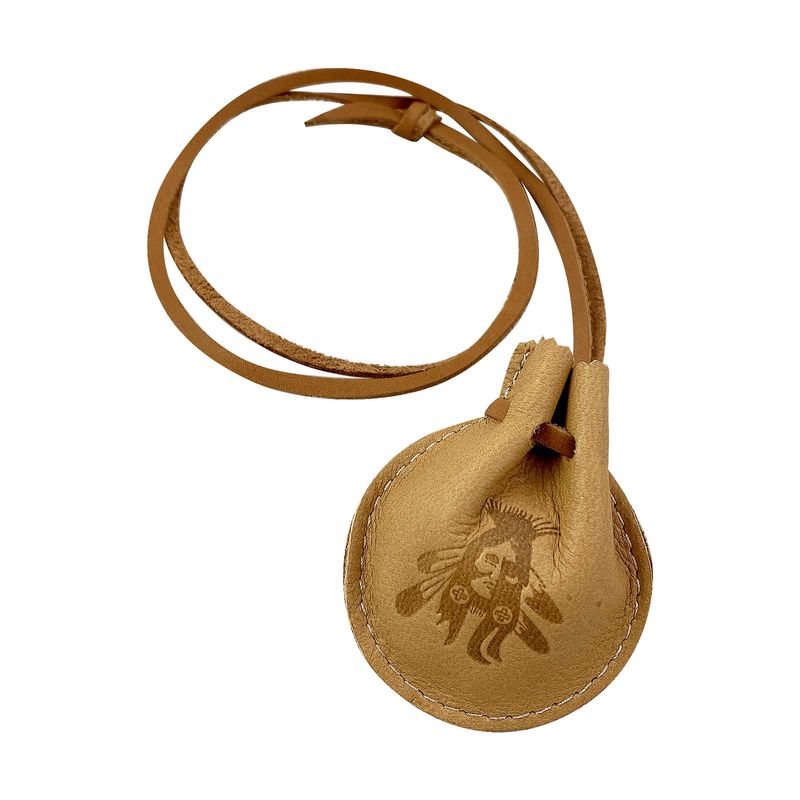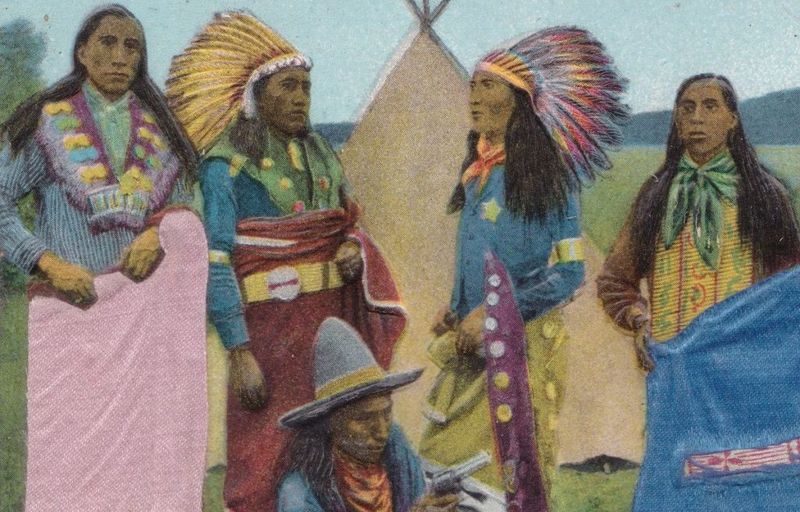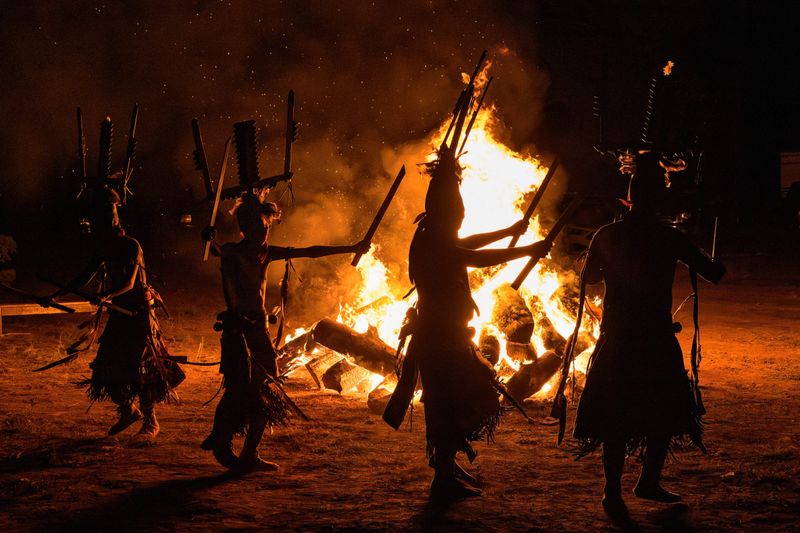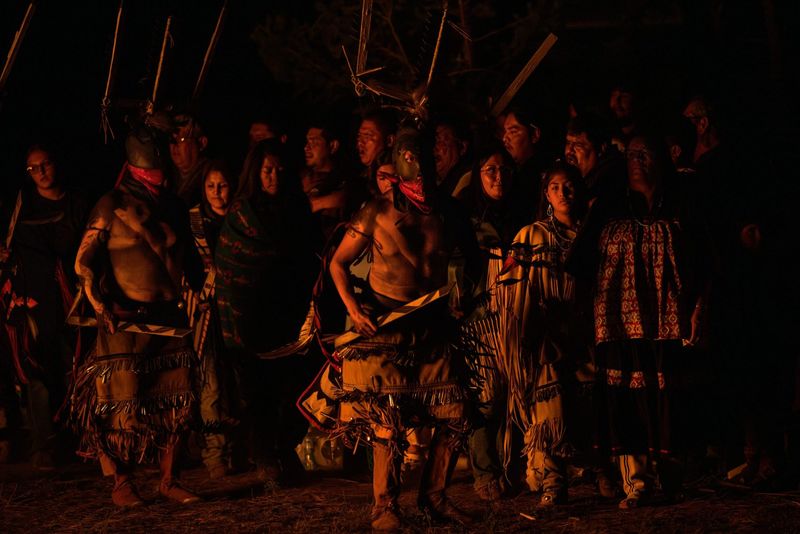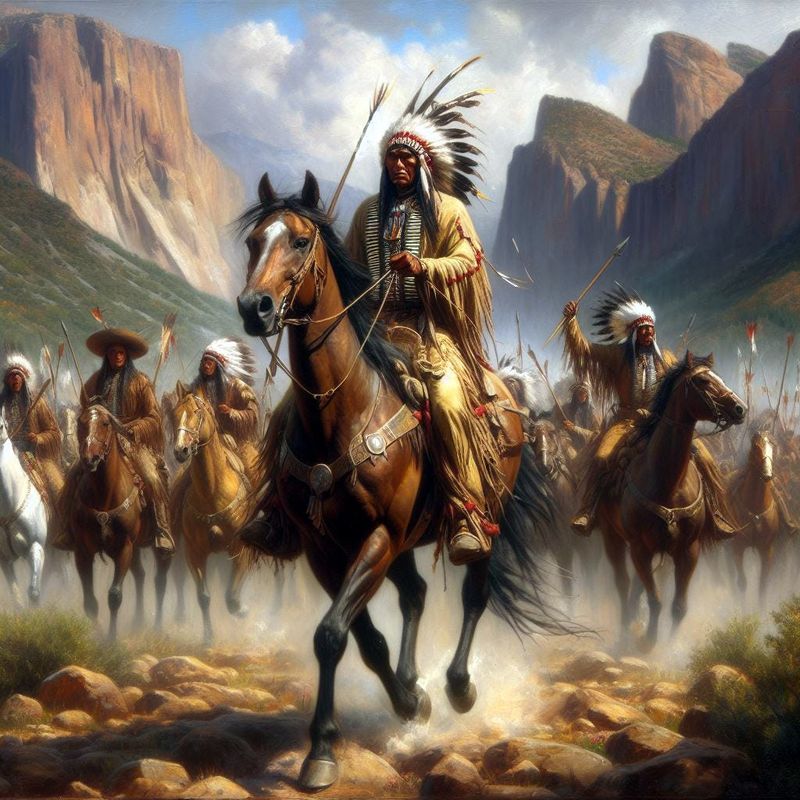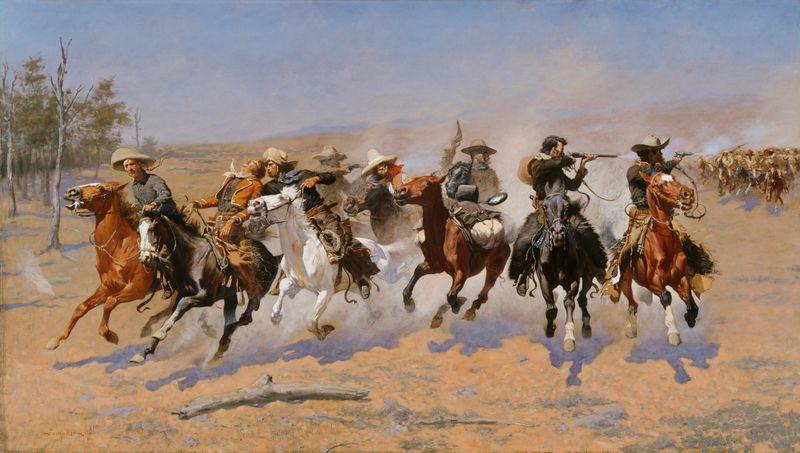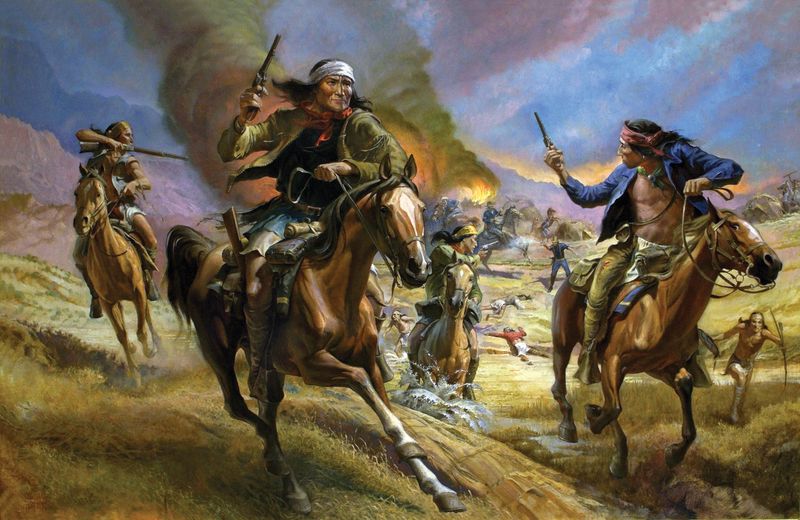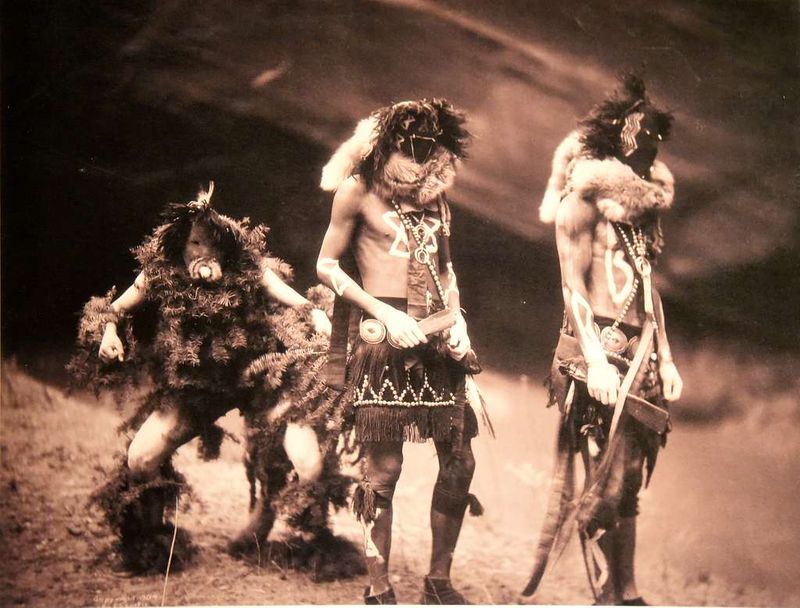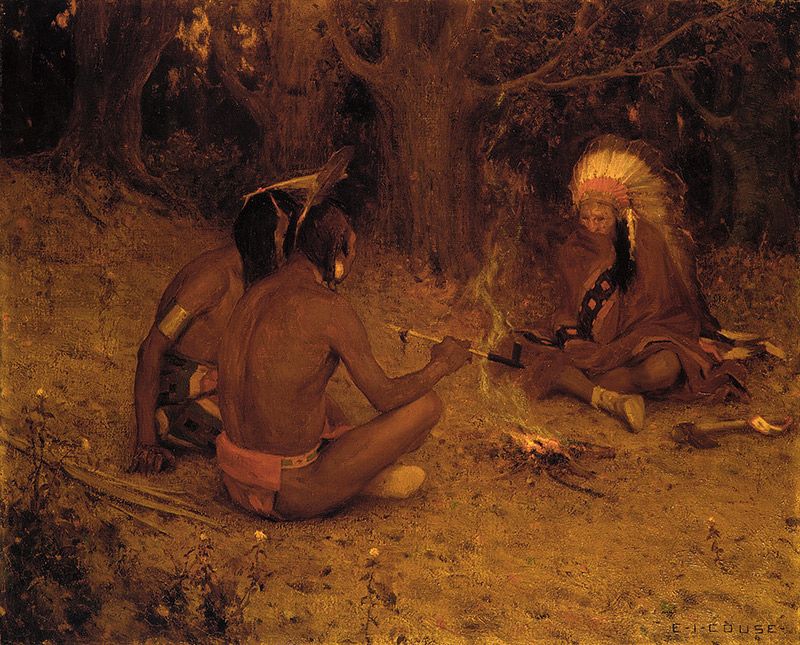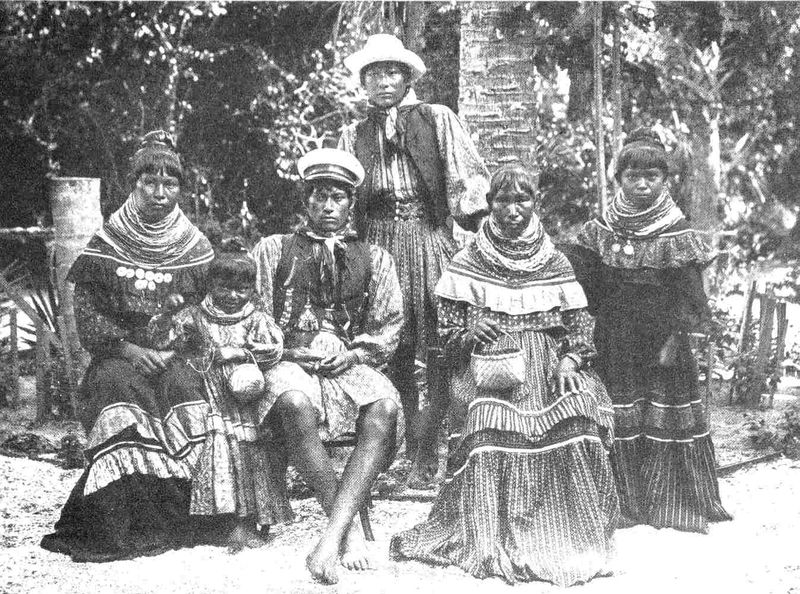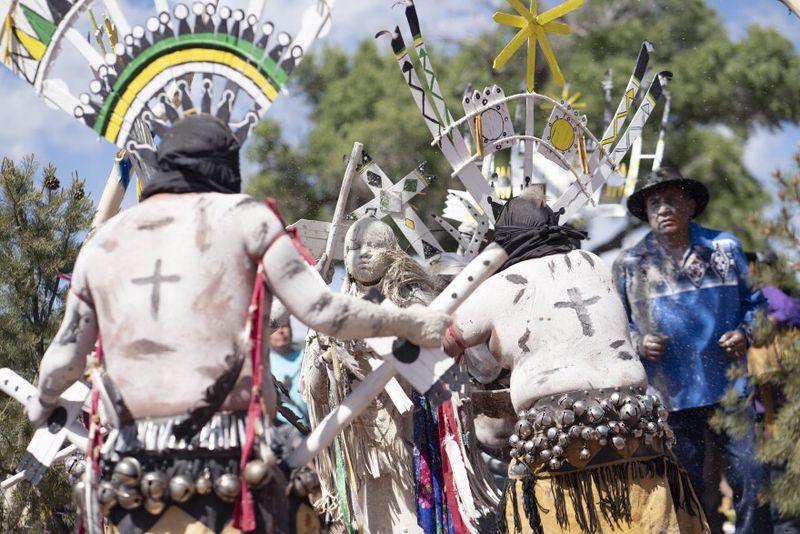The Apache warriors were some of the most feared fighters in North America. Their battle skills and tactics made them legendary among both enemies and allies. Before heading into combat, these warriors followed specific traditions and preparations that helped them become mentally, physically, and spiritually ready for the dangers ahead.
1. Spiritual Cleansing & Purification
Apache warriors gathered in sweat lodges built from bent willow branches and covered with hides. Inside, water poured over hot stones created steam that filled the small space.
This purification ritual cleansed both body and spirit, washing away negative energies and preparing the warrior’s soul for potential death. Many believed this ceremony created a spiritual shield around them.
Lasting several hours, warriors emerged renewed and focused, their minds clear of distractions and fears that might weaken them in battle.
2. Vision Quests for Guidance
Young Apache fighters ventured alone into the wilderness, seeking spiritual encounters that would guide them in battle. These quests often lasted four days and nights without food or water.
Warriors built small medicine circles of stones where they would sit, pray, and wait for visions. The extreme conditions of hunger, thirst, and exposure often triggered powerful hallucinations believed to carry messages from spirits.
A successful vision quest might reveal an animal spirit guide, enemy weaknesses, or battle strategies that could mean the difference between victory and defeat.
3. Painting Their Faces & Bodies
War paint was far more than decoration—it transformed the warrior into a living weapon. Apache fighters created paints from natural materials: red from ochre, black from charcoal, white from clay, and yellow from plant roots.
Each warrior’s design held personal significance, often representing animal spirits, natural forces, or previous battle victories. Some patterns were meant to strike fear into enemies, while others symbolized protection or stealth.
Applying war paint was itself a ceremony, with prayers spoken as each line and symbol was carefully drawn on the skin.
4. Carrying Medicine Bundles
Every Apache warrior carried a personal medicine bundle into battle—a small leather pouch containing sacred objects of power. These might include hawk feathers for keen vision, bear claws for strength, or special stones found during vision quests.
Warriors believed these bundles connected them to spiritual forces that would guide their weapons and protect their bodies. The contents were highly personal and never revealed to others.
Some medicine bundles were passed down through generations, gaining power with each victory. A warrior would rather die than lose his medicine bundle to an enemy.
5. Consulting with Medicine Men
Before major battles, Apache warriors sought wisdom from tribal medicine men who possessed deep spiritual knowledge. These respected elders performed divination rituals using smoke patterns, animal bones, or scattered stones to glimpse the future.
Warriors brought dreams for interpretation, believing nighttime visions contained hidden messages about upcoming conflicts. Medicine men might advise delaying an attack if omens were unfavorable or recommend specific tactics if spirits revealed enemy weaknesses.
Sometimes these shamans provided special prayers, songs, or protective charms tailored to the specific dangers each warrior would face.
6. Fasting for Mental Clarity
Many Apache fighters abstained from food for a full day or more before battle. This practice wasn’t merely about physical discipline—it served multiple spiritual and practical purposes.
Fasting sharpened the senses, making warriors more alert to subtle sounds and movements that might reveal an enemy’s position. The hunger state also triggered heightened awareness and focus that could provide critical advantages in combat.
Warriors believed an empty stomach created space for power to enter their bodies, allowing them to move faster and fight longer than well-fed enemies.
7. Chanting War Songs
The rhythmic power of war chants unified Apache warriors before battle, transforming individual fighters into a single, formidable force. These songs weren’t performed casually—each had specific purposes and powers.
Some chants invoked the spirits of legendary warriors who had died gloriously in previous battles. Others described enemy defeats in vivid detail, as if the victory had already happened.
Warriors often sang in a circle, their voices starting softly and building to thunderous intensity. The vibrations were believed to enter their bodies, filling them with the courage and strength of their ancestors.
8. Performing the War Dance
The Apache war dance transformed nervous energy into focused aggression through precise, symbolic movements. Warriors stomped the ground rhythmically, mimicking the sounds of thundering hooves to call upon the power of wild horses.
Dancers recreated battle scenarios, practicing dodges and strikes while visualizing successful attacks against enemies. Young warriors watched veterans closely, learning not just movements but the proper mindset for combat.
As drums pounded faster, participants entered trance-like states where fear disappeared and fighting instincts took control. By dawn, the tribe’s warriors had become a unified fighting force, their bodies conditioned and spirits aligned.
9. Honing Weapons & Tactics
The night before battle, Apache warriors gathered to prepare their weapons with meticulous care. Arrowheads were sharpened against special stones, then attached to shafts with sinew bindings and natural adhesives made from pine sap.
Bows received fresh bowstrings tested for perfect tension. Rawhide shields were soaked to increase their toughness against enemy arrows.
Experienced fighters shared tactical advice with younger warriors, discussing terrain advantages and enemy weaknesses. This practical preparation was just as important as spiritual rituals, ensuring that when the fighting began, every warrior’s equipment would perform flawlessly.
10. Scouting Enemy Movements
Apache scouts tracked enemy parties for days before any attack, gathering crucial intelligence about numbers, weapons, and routines. Moving silently through desert terrain, these scouts developed detailed mental maps of enemy positions without leaving traces of their presence.
They observed enemy camps at night, counting warriors by their fires and identifying leaders by their behavior. Water sources were carefully noted, as were horses, weapons, and the presence of women and children.
This patient reconnaissance gave Apache war parties tremendous advantages, allowing them to strike when enemies were most vulnerable or to avoid fights that couldn’t be won.
11. Using Psychological Warfare
Masters of mental manipulation, Apache warriors understood that fear could defeat enemies before arrows ever flew. They created eerie animal calls at night—coyote howls and owl hoots that weren’t quite right—keeping enemies awake and anxious.
False trails were crafted to suggest larger war parties, with multiple footprint sets made by the same warriors walking in different patterns. Small raiding groups might attack from multiple directions, creating the illusion of being surrounded by a much larger force.
These psychological tactics drained enemy morale and energy, making them easier targets when the real attack finally came.
12. Wearing Talismans for Protection
Every Apache warrior carried personal talismans believed to hold specific powers. Eagle feathers tied into hair or clothing granted the bird’s keen vision and swift attacks. Wolf teeth worn on necklaces transferred the animal’s hunting prowess to the fighter.
Some warriors wore small pouches of herbs against their skin, creating scents that masked human odor during stealth approaches. Others carried stones with natural holes, believing these rare objects allowed them to see through enemy deception.
Far from mere superstition, these talismans gave warriors confidence and focus—psychological advantages that often translated into real combat effectiveness.
13. Smoking Sacred Tobacco
The smoke from sacred tobacco created a direct connection between Apache warriors and the spirit world. Unlike everyday tobacco, these special blends contained herbs gathered from specific mountain locations and prepared with ceremonial prayers.
Warriors passed pipes in solemn circles, each inhaling deeply while focusing on prayers for strength, protection, or successful hunting of enemies. The rising smoke carried these thoughts skyward to powerful spirits.
This ritual also created bonds between fighters who would soon risk their lives together. The shared pipe symbolized their commitment to protect one another and fight as a unified force.
14. Swearing Oaths of Vengeance
When fighting to avenge fallen family members or comrades, Apache warriors participated in blood oath ceremonies that transformed grief into focused rage. A warrior might cut his chest or arms, letting blood drip onto the ground while naming those he sought to avenge.
These oaths were witnessed by tribal elders who would hold the warrior accountable for fulfilling his promise. Some warriors vowed not to cut their hair or participate in celebrations until their oath was satisfied.
These vengeance-bound fighters were particularly feared, as they fought with an intensity that seemed superhuman—often continuing through wounds that would stop ordinary warriors.
15. Mental Preparation for Death
Apache warriors approached battle with a profound acceptance of mortality that paradoxically made them more formidable fighters. Young men were taught that a glorious death in battle was preferable to a long life ended by sickness or old age.
Before conflict, warriors often gave away prized possessions, settling earthly attachments that might cause hesitation in combat. Some prepared death songs they hoped companions would sing if they fell.
This fatalistic mindset freed Apache fighters from the fear that hampers combat effectiveness. By accepting death as a worthy outcome, they fought with uncommonly aggressive tactics that often overwhelmed more cautious opponents.
16. Seeking Divine Weather Intervention
Apache warriors carefully timed attacks to coincide with weather conditions that provided tactical advantages. Rain softened the ground, obscuring tracks and muffling the sounds of approach. Thunderstorms created natural cover for raids, with lightning flashes temporarily blinding enemies.
Special ceremonies were performed to request favorable weather from spiritual forces. Medicine men burned specific herbs and created sand paintings depicting desired conditions.
This weather awareness reflected the Apache’s deep connection to their environment. Rather than fighting against nature, they incorporated its power into their battle strategies, turning rain, wind, and storms into powerful allies.
